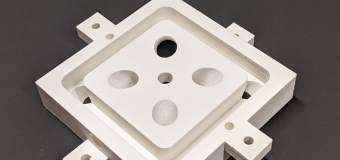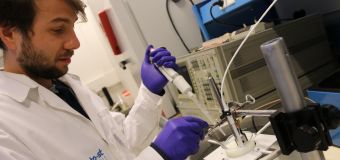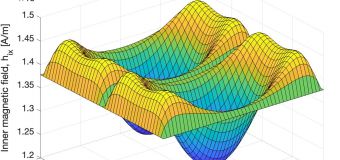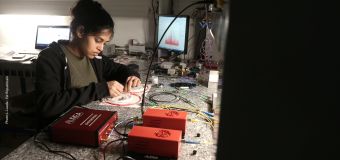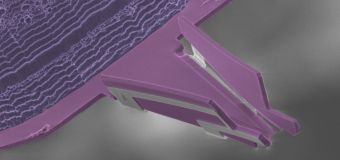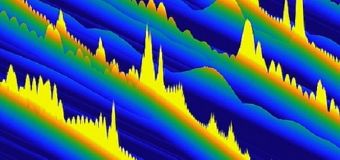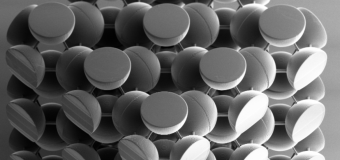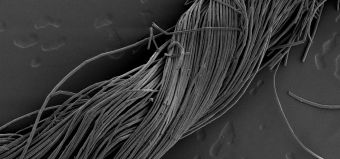You are here
Understanding the cytotoxicity of metallic nanoparticles
A recent study published in the journal "Chemical Science" and involving FEMTO-ST gives new insights into the understanding of the mechanisms of DNA alteration in cells by metallic nanoparticles.
Oxidative stress is one of the processes often incriminated in the genesis of many diseases, such as cancers. This oxidative stress is characterized by the production in cells of oxidizing species called ROS (reactive oxygen species), which can alter DNA. The production of ROS results from electron transfer processes involving metal cations. Fortunately, most cells have effective self-defense systems that prevent the formation of ROS. Molecules from the catechol family (aromatic molecules with at least two adjacent alcohol functions) act as ROS defense agents. These well-known electron exchange mechanisms are the perfect explanation for the toxicity of metal oxide nanoparticles. However, the mechanism of action of metal oxide nanoparticles is still unknown, even though they are more toxic than their oxide-based alter-ego or the corresponding metal cations in solution.
Researchers from the Néel Institute (CNRS/University Grenoble Alpes), the FEMTO-ST Institute (CNRS/University Bourgogne-Franche-Comté), the Institute of Materials Science in Madrid (Spain) and the Institute of Materials Science in Trieste (Italy) have discovered sources of cytoxicity for metallic nanoparticles.
To understand and model the role of the surface of nanoparticles, the researchers focused their study on a low-energy (particularly stable) surface of copper interacting with a molecular layer under ultra-high vacuum. Observations of individual molecules, using scanning tunneling microscopy, high-resolution analysis of the composition of each molecule, and ab initio calculations, revealed how the molecules are gradually transformed. The main result shows that the copper surface is the site of a very particular oxidation-reduction reaction, known as "intramolecular": the catechol molecules see their alcohol functions oxidized while other functions are reduced, thanks to a transfer of electrons between the substituents of the same molecule. This transformation is governed by the alignment of the electronic levels of the copper surface and the molecules, the copper surface "forcing" the molecule to transform itself to allow its adsorption.
This study proposes a mechanism of action of the surfaces of metallic nanoparticles to transform cell defense agents into ROS-type agents that can alter cellular DNA and thus cause cancer. The metal plays a catalytic role here, i.e. a minute quantity of copper surface can oxidize a very large quantity of catechol-type molecules. The study illustrates the power of the paraphernalia of surface science techniques to uncover the evolution of a priori very complex systems, including living systems. The work will be extended to validate in a biological environment the mechanism of action of the metallic nanoparticles discovered and to open up new perspectives in the understanding of the mechanisms of DNA alteration.
DOI : 10.1039/D0SC04883F
Contact : Frédéric Chérioux



